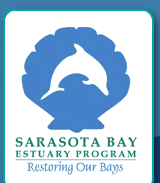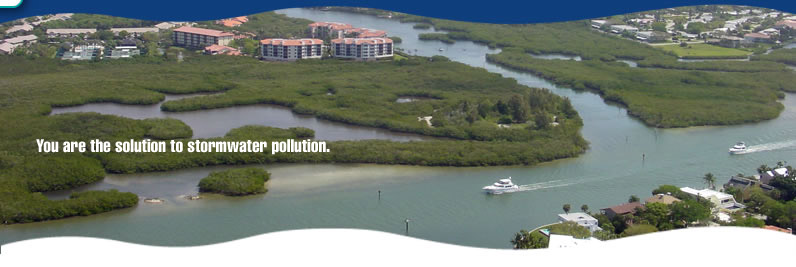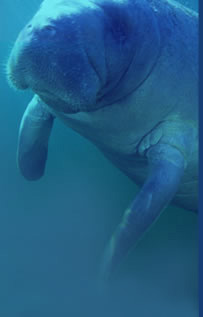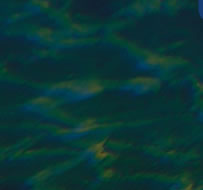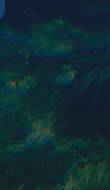
Everyone lives in a watershed. A watershed is the land area that contributes run-off to a water body. The Sarasota Bay watershed has seen significant changes due to the pressures of an ever-growing population and the development that follows.
And no matter where your home is located on the watershed, whether on the coast or inland, your actions directly influence the health of Sarasota Bay through a series of tributaries that ultimately connect your yard to the bay.
Sarasota Bay Watershed Map
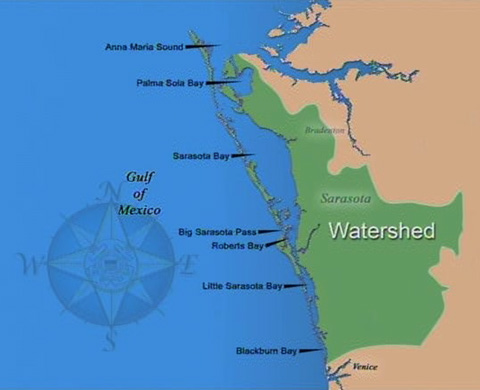
Tributaries & Embayments
The Sarasota Bay watershed is drained by tributaries, which are waterways that take water from the watershed, collect it and conduct it into the Sarasota Bay estuarine system. The primary tributaries that drain into Sarasota Bay are Bowles Creek, North Creek, Catfish Creek, Whitaker Bayou, Hudson Bayou, Phillipi Creek and South Creek.
Sarasota Bay is made of a series of smaller bays or embayments. At the southern end of the system you begin with Blackburn Bay and then moving north you have Little Sarasota Bay, Roberts Bay, the Big Pass area, the main bay segment and finally the most northerly section, the Anna Maria sound area.
Where's Your Watershed?
To learn more about watersheds at home and throughout the state of Florida visit the Florida Department of Environmental Protection's watershed education website www.protectingourwater.org. The site includes overviews of each major watershed in Florida, along with the latest restoration news, contact info and interactive maps. Educational materials such as videos and stories are also available.
A Guide to Understanding and Protecting the Southern Coastal Watershed pdf
Climate Change and Adaptation
States and communities wondering what others are doing to address climate change and looking for guidance on how to approach the topic can now access one website for resources and information. The National Ocean and Atmospheric Administration's (NOAA) Coastal Services Center has released the Coastal Climate Adaptation website, which focuses on adaptation-related resources, such as local and state plans, new policies, case studies, risk and vulnerability assessments, and decision-support tools. The site also provides access to basic climate science resources and has a forum where users can suggest new resources, engage in dialogue on the issues, and submit comments and questions. Questions should be directed to Stephanie Fauver at Stephanie.Fauver@noaa.gov or (843) 740-1287. To view the Coastal Climate Adaptation website, go to http://community.csc.noaa.gov/climateadaptation.
NOAA has released, Climate Literacy: The Essential Principles of Climate Science, a 13-page guide that includes information on how individuals and communities can help reduce climate change and its impacts. The guide is a product of the U.S. Global Change Research Program (GCRP) and was compiled by an interagency group, led by NOAA. The Climate Literacy guide supports the development of formal and informal educational materials about climate science, plus professional development opportunities for educators. In the document, eight principles and a host of supporting concepts list information for individuals and communities to know about Earth's climate. Statements include information about the impacts of climate change as well as possible approaches to adaptation or mitigation. Developers of the guide intend to integrate the framework into national and state education standards, and to support teacher workshops to ensure that educators are proficient in teaching the concepts of climate science. To view and download the guide, go to http://climate.noaa.gov/index.jsp?pg=/education/edu_index.jsp&edu=literacy.
Back To Top |

